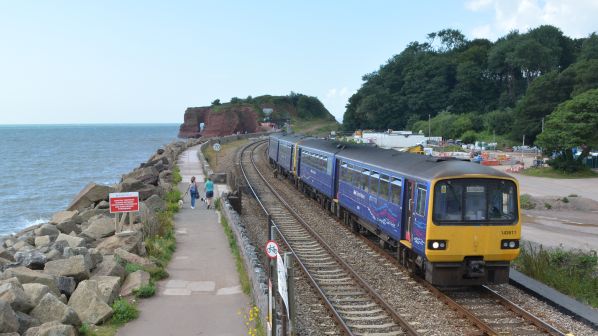The Great South West plan, which will be promoted to the government, Local Enterprise Boards, local authorities, Network Rail (NR) and train operators, is aimed at increasing the capacity of the southwestern rail network, providing more resilience to flooding and storm damage, plugging gaps in the network, stimulating growth and reducing carbon emissions by encouraging a switch from road to rail.
The authors say this is the first plan to be costed using NR’s new “rail method of measurement,” which is designed to improve cost certainty, and each scheme meets the “five case model” requirements set out by the British Treasury which cover the strategic, economic, commercial, financial and management dimensions for projects.
The plan is designed so that large schemes can be broken down into smaller elements which can be delivered quickly and at low risk. The authors say one sponsor and specification should be agreed at the outset and design and construct contractors should be used who can respond to specifications without having to go through multiple checks and approvals.
The schemes in the plan comprise:
- reinstatement of double track between Exeter, Yeovil and Salisbury (£382.3m)
- reopening the railway between Okehampton, Tavistock and Bere Alston and upgrading existing sections to create an alternative to the storm-damage-prone Exeter - Plymouth main line (£426.5m)
- upgrading the Exeter - Barnstable line (£17.25m)
- reopening the Bodmin - Padstow line (£31.8m)
- reopening the Lostwithiel - Fowey freight line to passenger trains (£5.25m)
- reopening the direct link between Newquay and St Austell (£181.5m), and
- upgrading the Taunton - Minehead West Somerset Railway heritage line (£11.8m).
“These schemes are ready to deliver and will provide many much-needed work opportunities in the southwest, providing immediate help to local small and medium enterprises (SMEs) in the design and construction sectors, creating a pool of skills to support future long-term development in region,” Byng says.

